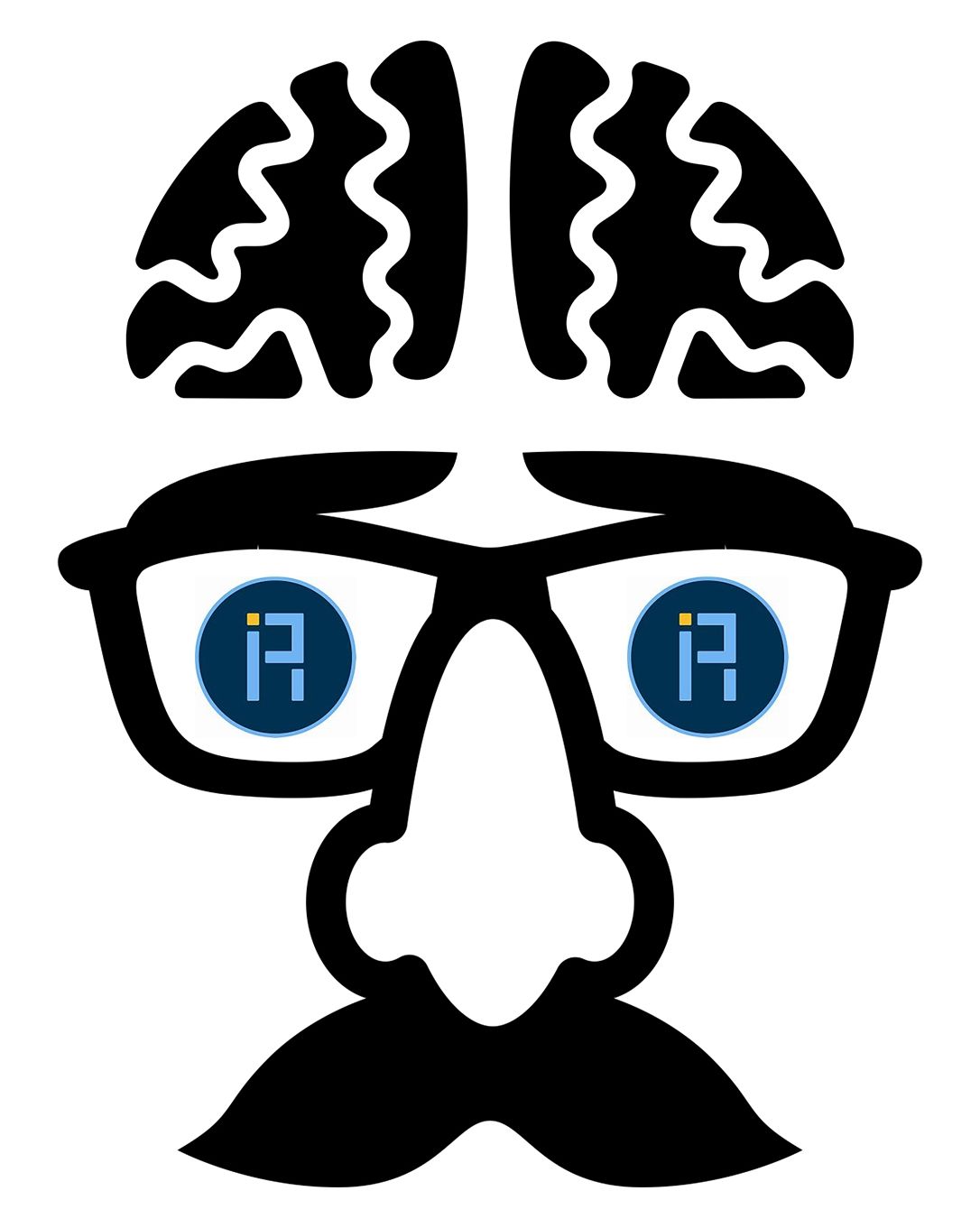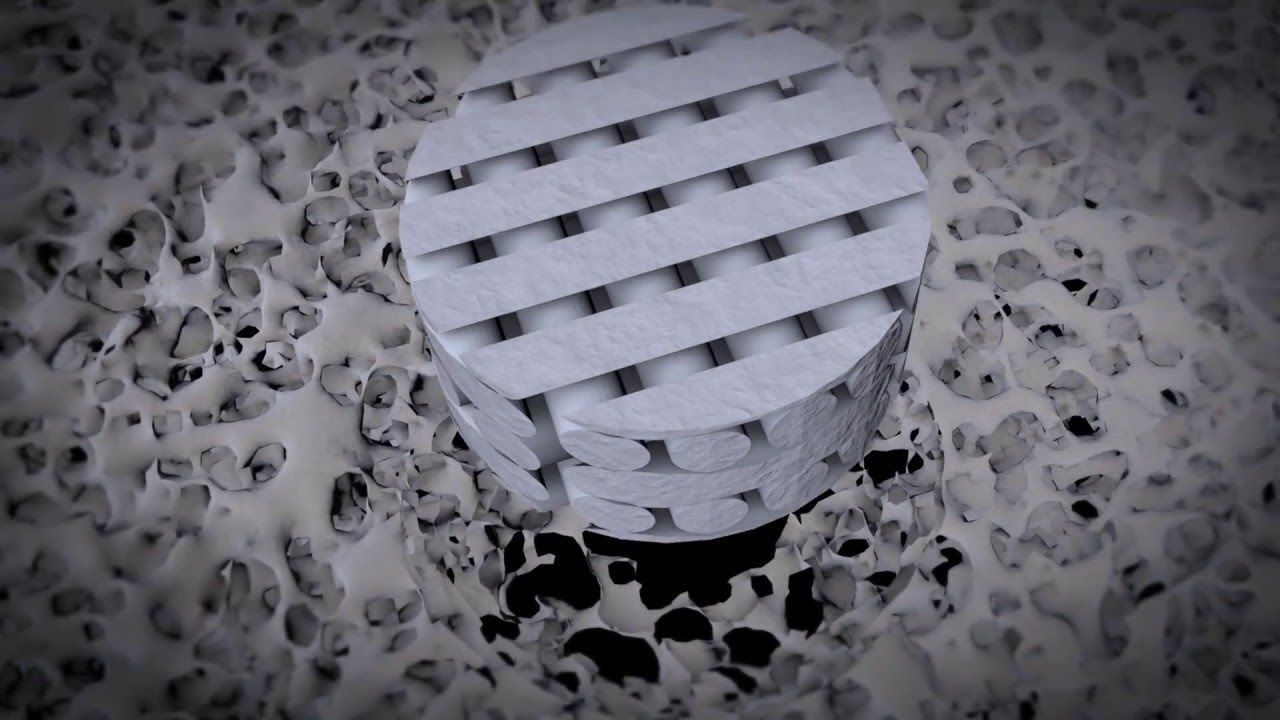https://youtube.com/watch?v=Mj6wbbrH03I
Why biocomputing is proving that bio and technology integrated can do amazing things and will eventually get us to real Singularity. Now imaging, take what you have seen so far in technology today and add Quantum to that picture then add bio to that; then you will truly see amazing SINGULARITY.
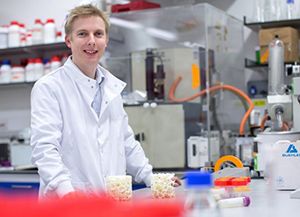
Scientists have developed a material that can mimic cartilage and potentially encourage it to re-grow.
Cartilage is flexible connective tissue found in places such as in joints and between vertebrae in the spine. Compared to other types of connective tissue is not easy to repair.
The researchers from Imperial College London and the University of Milano-Bicocca have developed a bio-glass material that mimics the shock-absorbing and load bearing qualities of real cartilage. It can be formulated to exhibit different properties, and they are now hoping to use it to develop implants for replacing damaged cartilage discs between vertebrae.
Read more


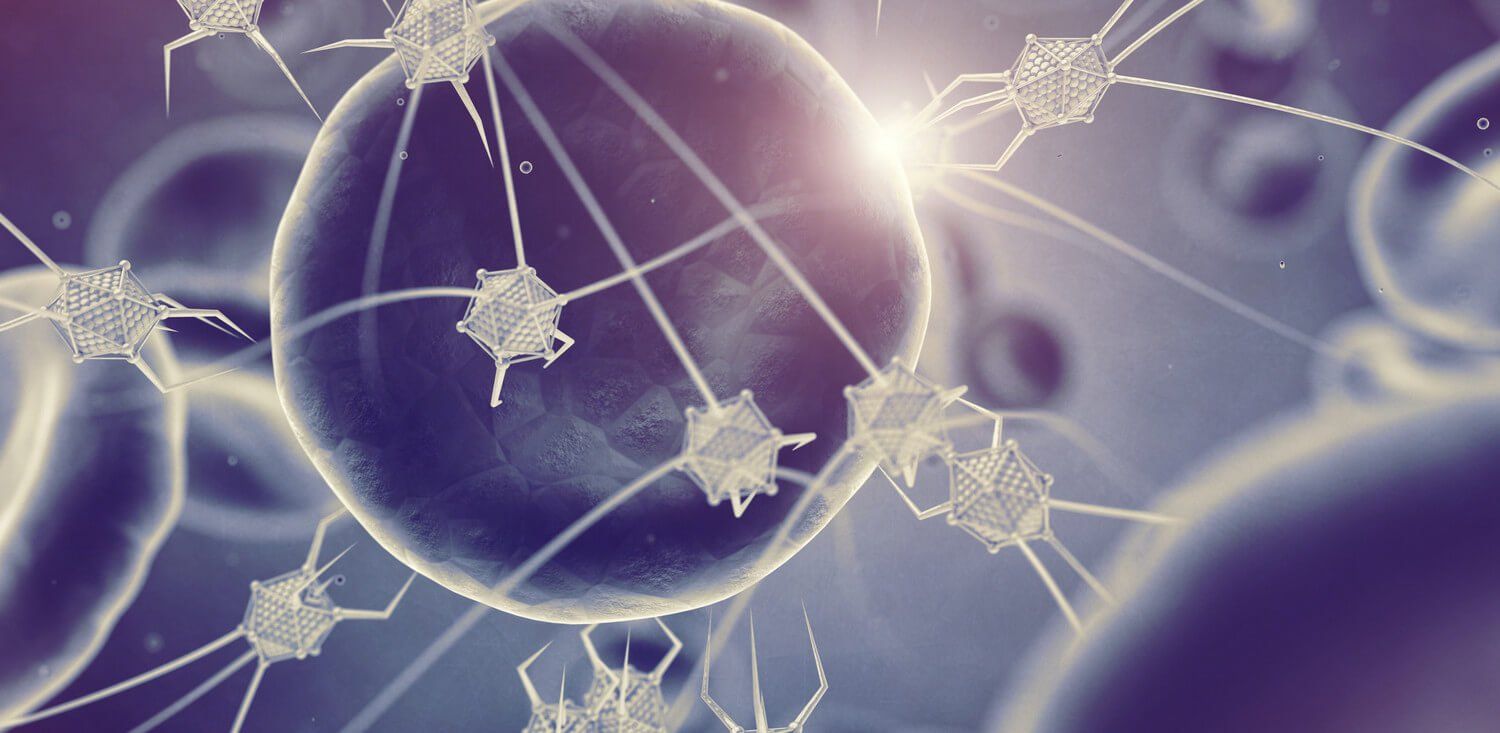

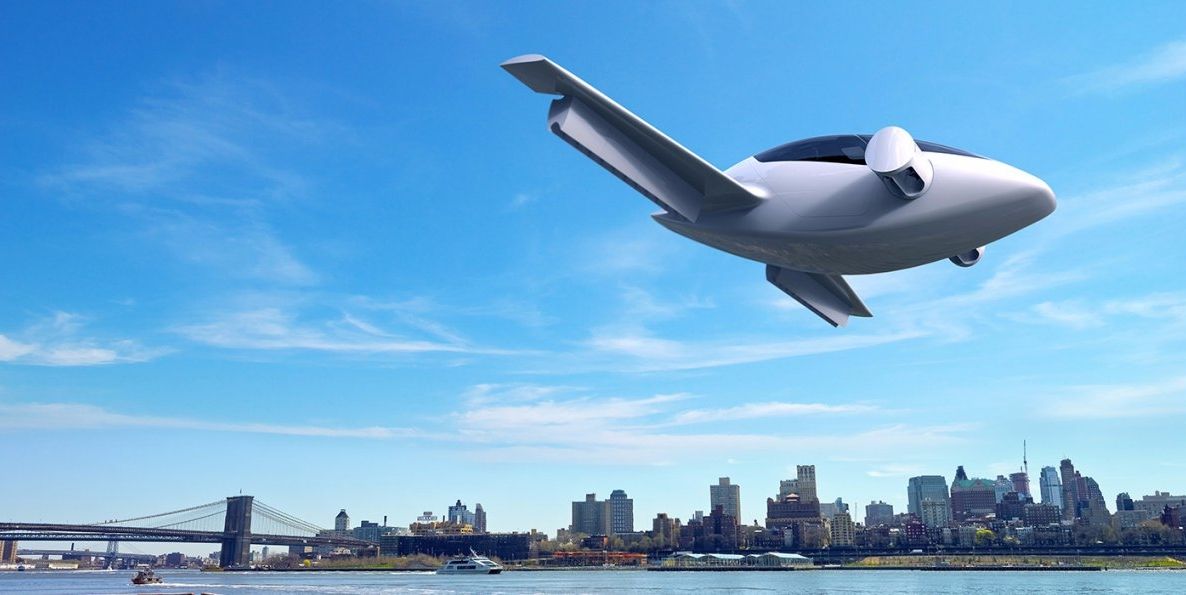
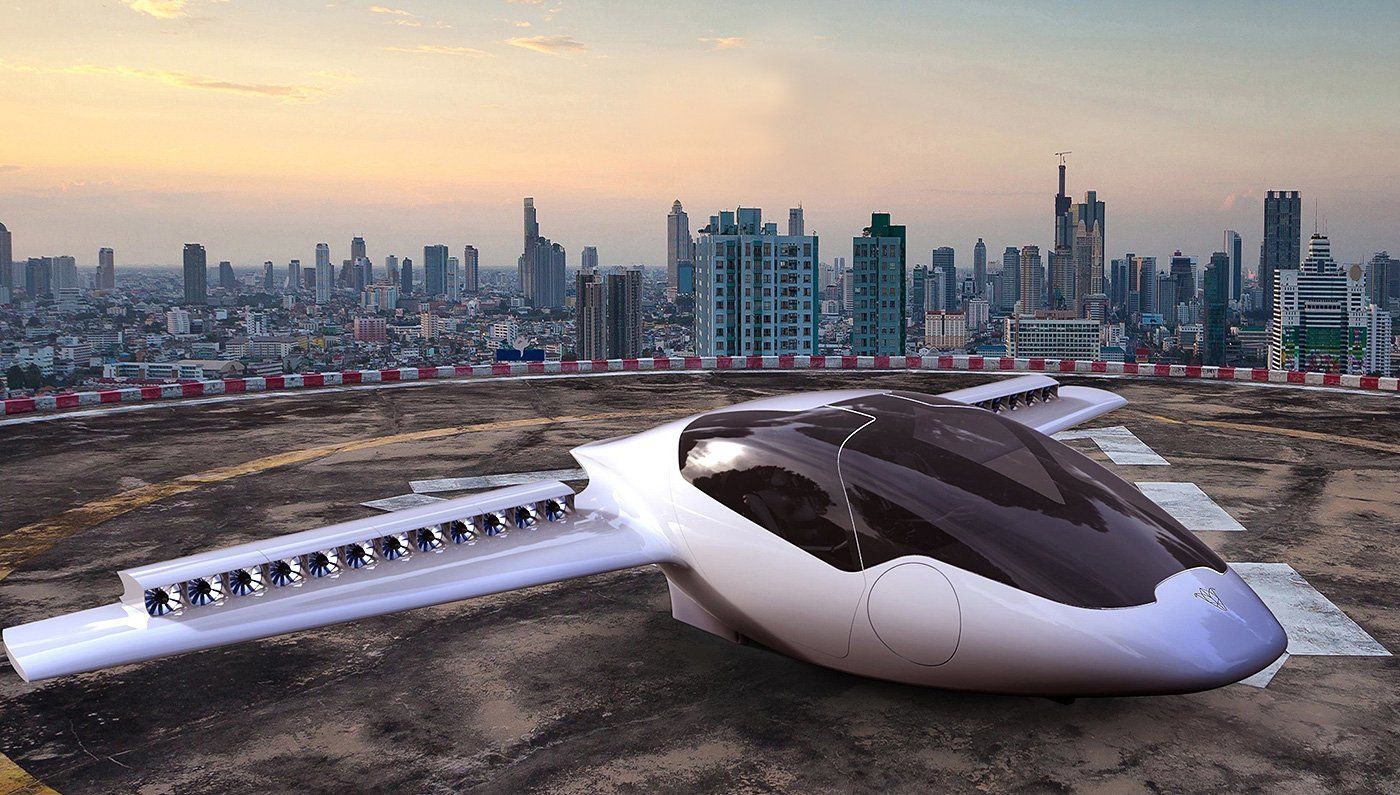 Lilium Aviaiton.
Lilium Aviaiton.

